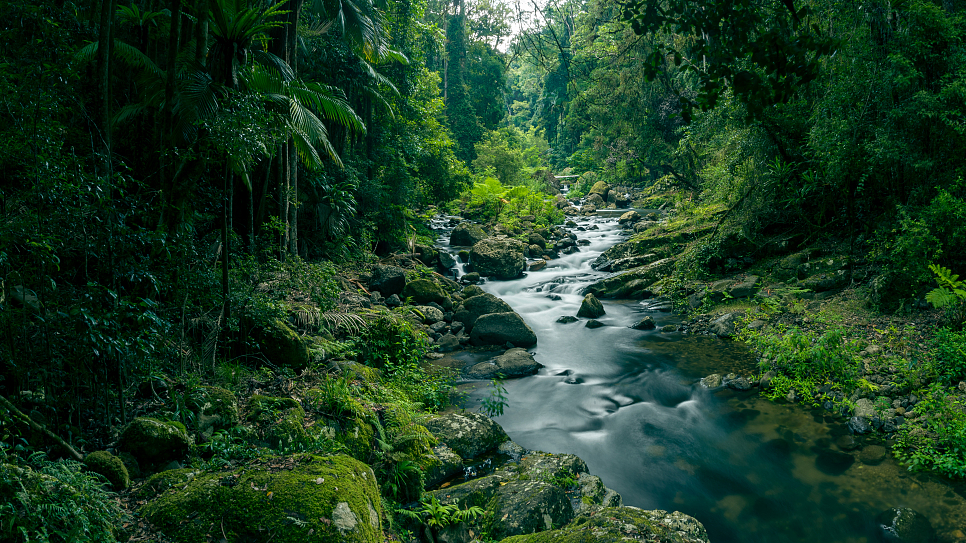A process similar to that used to store human embryos is being used by scientists at Australia's University of Queensland (UQ) to save native plants under threat from the invasive fungus, myrtle rust.
The perilous spread of myrtle rust has already put hundreds of species from the Myrtaceae family, including the native guava and various rainforest shrubs and trees, under severe duress.
Alice Hayward from UQ Centre for Horticultural Science said the fungus not only impedes the reproductive ability of these plants but might also prevent their seeds being preserved through standard seed bank procedures.
"To prevent them from being wiped out by the fungus, we are hoping to bring those species into the lab and place them into a frozen but living state using a process called cryopreservation."
"This enables them to be safely secured while other researchers work out how to deal with myrtle rust in the environment."

The perilous spread of myrtle rust has already put hundreds of species from the Myrtaceae family, including various rainforest shrubs and trees in Australia. /CFP
The perilous spread of myrtle rust has already put hundreds of species from the Myrtaceae family, including various rainforest shrubs and trees in Australia. /CFP
The team preserved a small plant shoot in liquid nitrogen, allowing indefinite storage, and later regenerated it using tissue culture for potential reintroduction into the wild.
"We are trying to preserve those species that we know are at most risk of extinction in the immediate future, to capture that biodiversity before it's too late," said Hayward.
According to the researchers, developing a cryopreservation protocol for each species requires a lot of work as they need to optimize every step of the process to ensure the survival of the shoot tip.
"That includes a tissue culture system that delivers nutrients and the correct requirements for the plant to survive, as well as how best to treat the tissue to dehydrate it before it can be stored in liquid nitrogen."
The team will be working with the Botanic Gardens of Sydney at the Australian PlantBank to devise protocols for six species. Once established, these species will be stored in PlantBank's cryopreservation tank.
"We are doing something important that can contribute to protecting the unique Australian biodiversity and environment that we call home," Hayward said.
Source(s): Xinhua News Agency